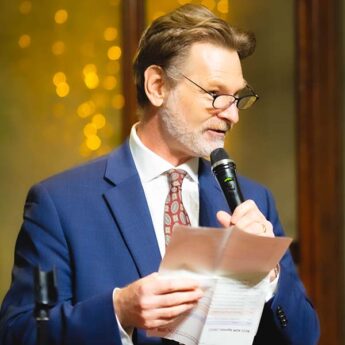According to British Cycling, the UK’s main national governing body for cycle sport, more than 2mn people in Wales now cycle at least once a week. That’s participation by approximately two-thirds of the nation’s population across all ages.
It should be no surprise then that it was a Welshman, Geraint Thomas, who added victory in this summer’s Tour de France cycle race to his impressive array of world, Olympic and Commonwealth titles.
Thomas rides for Team Sky, which has now produced six of the last seven Tour winners—all six of these titles going to British riders. The team itself, which is based at the UK’s National Cycling Centre in Manchester, is managed by British Cycling’s former performance director, Sir Dave Brailsford, who himself hails from the mountains of Snowdonia in North Wales.
Leveraging Wales’s reputation for spectacular highland and coastal landscapes, Trade & Invest Wales identifies investments in sport and the outdoors as elements of a strategy to promote awareness of the need for a sustainable economy that complements the environment. It also highlights the potential for sporting success to inspire a sense of national pride that can be harnessed by businesses.
Opportunities abound for domestic and international brands alike, and keen observers will note that it is Japanese car makers Isuzu and Subaru that sponsor the jerseys of the Welsh men’s and women’s national rugby teams.
Hope and optimism
In Japan there is also a huge opportunity for sport to catalyse economic development, notably in connection with the 2019 Rugby World Cup (RWC). Matches will take place at 12 venues around Japan—the smallest being the new Kamaishi Unosumai stadium in Iwate Prefecture. In common with Wales, this part of Japan is blessed with an incredible coastline. Mountainous and rugged, the vibrant greens of the richly forested slopes contrast spectacularly with the deep blue water of the Pacific Ocean.
The area was decimated in 2011 by the tsunami triggered by the Great East Japan Earthquake. In addition to the devastating loss of life, the National Police Agency reported damage to more than 1.1mn buildings, including Kamaishi’s junior high and elementary schools.
Famously, all pupils at school that day survived—because they followed the drill, and evacuated immediately to high ground. The new stadium occupies the site of these schools and is the most tangible symbol of Kamaishi’s recovery.
While memories of the disaster are still raw, the official stadium opening on 19 August was a celebration of hope and optimism. The rugby community participated in force from across the fan and player spectrum: men, women, children, professionals, the wheelchair-bound and legends—some old enough to draw their pensions!
The RWC will undoubtedly be a fillip to the Japanese economy next year, but it is critical that the tournament also be the genesis of a lasting legacy for communities in Japan. To that end, the British Chamber of Commerce in Japan is committed to supporting Japan’s delivery of the tournament, fostering a legacy of more inclusive communities and embracing opportunities for international business and exchange.
If you want to support Japan’s regional economies, I urge you to visit the areas yourself—go now, go next year, and then go again. You are part of our community; be part of the legacy.

